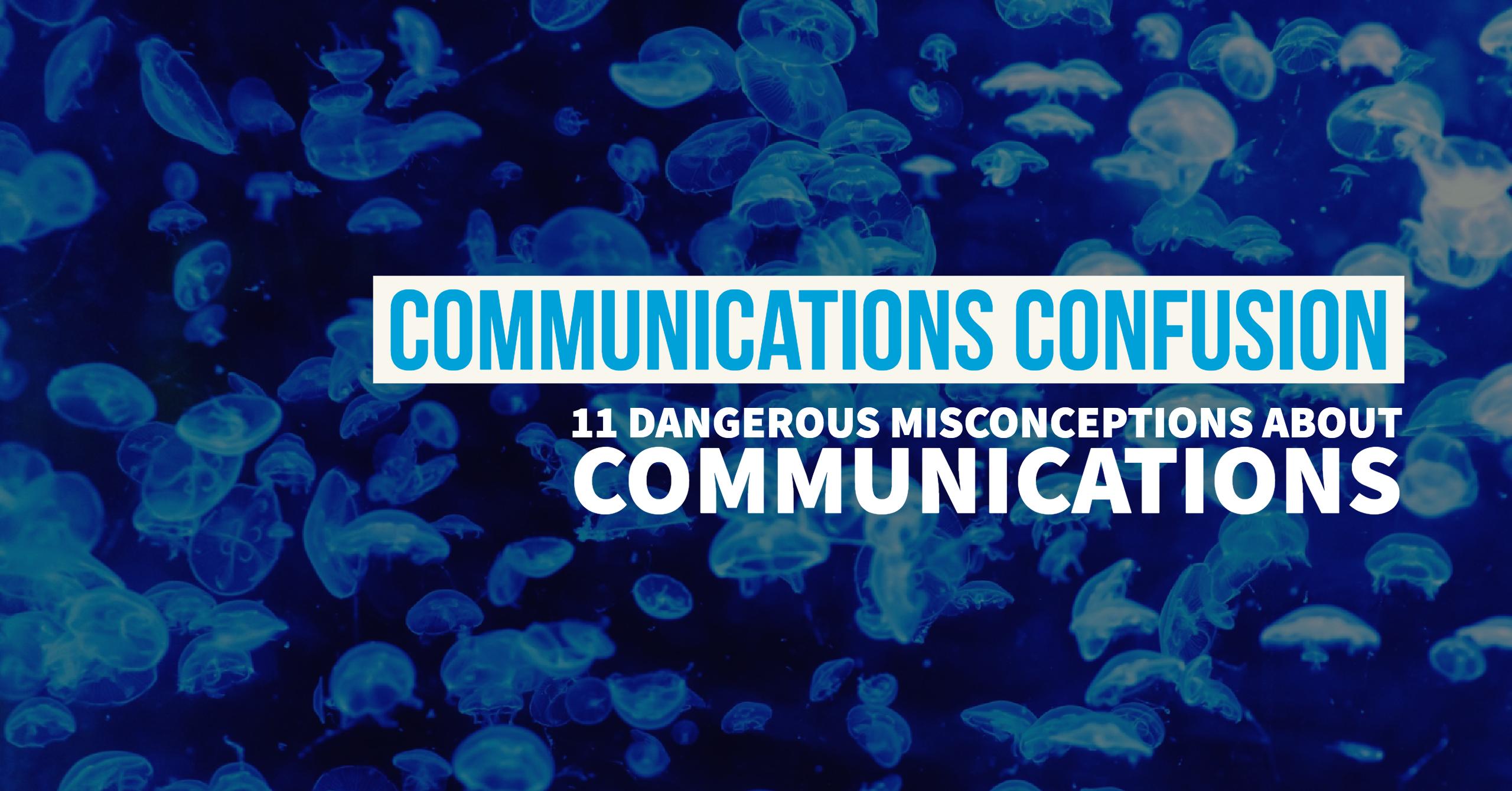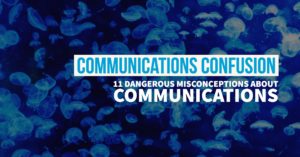Imagine polling your colleagues to determine what you personally will have for lunch. What about dictating to your neighbours how they should vote? Seems ridiculous right? Yet as silly as that sounds we can get into a decision making rut. Using the same approach for all decisions. When you consider the range of decisions we have to make on any given day this is not only ineffective, it can create challenges in your business and personal relationships.
The most generous person can become a dictator and the most opinionated can become indecisive by applying the same decision-making style for every eventuality. Consider that there are generally three ways to reach a decision.
Consensus: This is when you gather everyone and take a vote. A true consensus is a rare occurrence, so assume that there will be some outliers, but them aside, consensus decisions are a reflection of most people’s opinion. This is a great approach when choosing government or determining strategic priorities with a board for an organization. In a family setting, it might be how you decide where you stop for lunch during a road trip.
Consensus is great but as you can imagine it takes time. People have to be informed, ideas explained and people will need time to think. Then come the debates and the vote. Not all decisions can afford to wait for the process to unfold and frankly, not all decisions require a group or are even appropriate for a group. Some decisions will impact only a few people and in those instances, the opinion of many and varied voices are not only overkill, it’s disrespectful to those who have to live with the consequences.
Consultative: Consultative decisions are more tightly focused on those who have to take action, those with specific knowledge and those impacted by the decision. Although one person may have final say, this approach allows the decision maker to hear from the relevant players. This approach takes time but is not as time-consuming as consensus. In most healthy organizations, familial and corporate, the majority of decisions reside in this area. It allows participants to own decisions and therefore consequences.
Command: With command, one person is in charge and what they say goes. Long live the king! This approach has it’s uses and is particularly effective in crisis situations. Command decisions allow for fast turn around and are prefaced on the assumption that the decision maker has expert knowledge. Unfortunately, some leaders find the command approach so appealing that they employ it for all decisions. The challenge, of course, is that no one person has perfect knowledge of all issues. It can also slow processes down by creating bottlenecks. With one person making all of the decisions, projects can begin to pile up.
The thing is, no matter what approach you use, it’s good to keep in mind that others are also available and no one approach works perfectly all the time. Unfortunately, even if you employ the right decision style at the right time, you can still make silly decisions. If this weren’t the case, we’d all be healthy, active, careful savers who never drink too much coffee or wine.
For tips on hacking decision making, check out 5 Hacks for Decision Making.
How do you decide how to decide? Do you know someone who only has one approach to deciding? Ever get caught in a situation where the decision-making approach didn’t fit the issue?
Related Articles:



